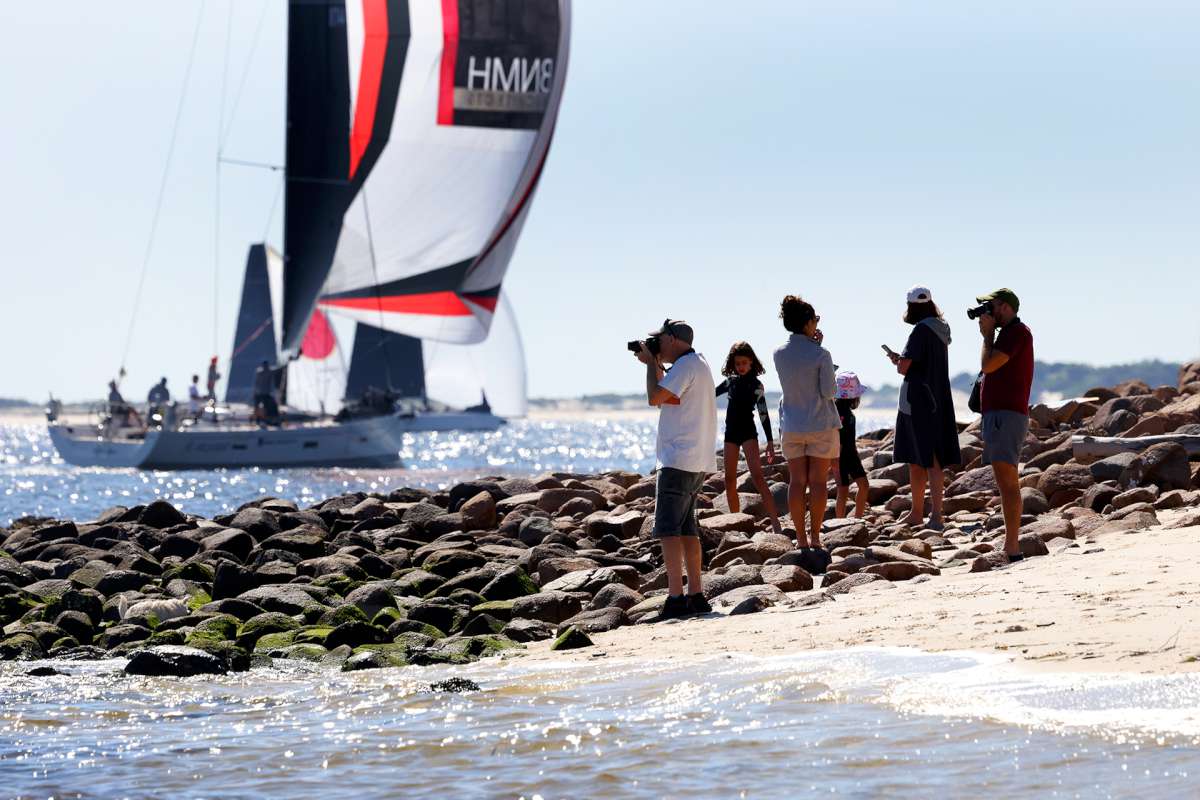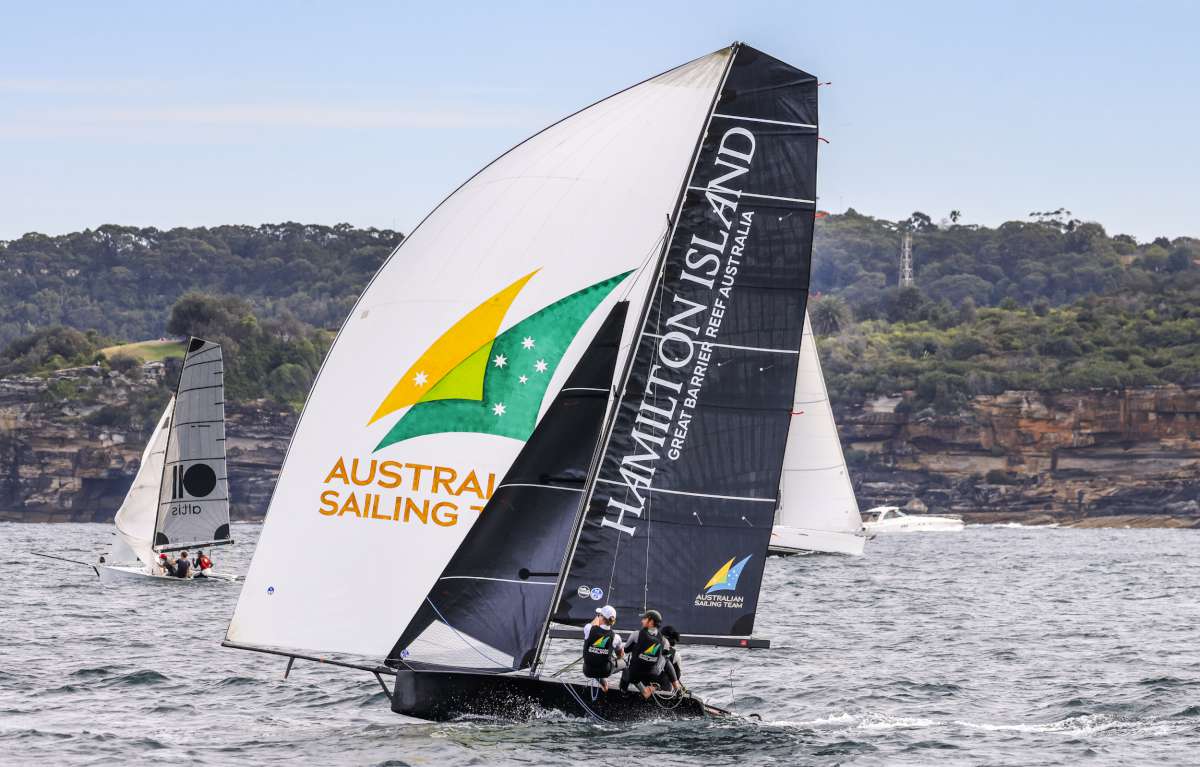During the day we have many visual clues to help us determine where we are and avoid collisions. At night the whole game changes. You lose the ability to quickly see and assess the situation. Many navigators rely on their GPS chart plotters and AIS to do the job of their eyes for them at night. However this can be fraught with danger.
Being aware of the navigation cues that are available at night not only helps you avoid collisions, or potential groundings. It can also help with your tactical decisions.
Here are three valuable tips I use at night:
1. Know your lights.
Knowing your navigation lights on navigational markers, shorelines and other boats can literally save your life.
Charts list the details for fixed lights. When coming into harbour at night it can be useful to call off the next light you expect to see or pass. This not only helps you make sure you are where you think you are, it also gives your crew confidence that you do indeed know where you are and what you are looking at. Study or keep a guide setting out the navigation lights on board various ships.
This information can be useful for determining the direction of travel, or type of vessel you are passing. Recently I was racing off the coast of the Philippines and encountered a set of lights I was not immediately familiar with. I checked my light guide and found that it was a ship with something under tow. I could see what looked like another yacht some 1nm behind. After quick VHF call to the tow vessel I learnt that they had a 75m spoil barge under a long tow. This call was followed by an even quicker tack!
2. Let your night vision adjust
It can be amazing just what you can see in the dark if you let your eyes adjust. Without getting really technical, the cone cells in your eyes adjust to low light levels after only a relatively short period of time – around 10 minutes.
However, the big gains to night vision are made after the rod cells in your eyes start to adapt, which can take an hour or more. All this can be undone in just seconds of exposure to bright lights. Red lights are better than white lights, but neither are great if you want to experience consistently better night vision.
Adopting a crew policy of no lights unless absolutely necessary will help both your helmsman and trimmers, but how does a navigator deal with a bright deck screen? Turning your screen brightness down is a start. You can also change your Windows colour scheme so the white windows are dark grey. Charts can be switched to night state. Covering your screen with a cloth also helps protect your crew from stray light.
Also, before it gets dark, have a good picture in your mind about what you will likely encounter during the night. You can then just glance at your screen every now and then rather than staring at it.
3. Know your GPS Accuracy
You should always know how accurate your GPS position is in any location. This is particularly important at night. If you are in an area which you know is well-covered by the charts, then using GPS
as your primary aid can be fine.
However, GPS position accuracy can vary from centimetres to hundreds of metres. Knowing what your GPS quality data means can give you clues about your position accuracy and thus how much you can rely on your GPS.
What is HDOP?
Horizontal dissolution of precision gives your horizontal position a rating based on a complex formula. It does NOT mean accuracy in metres
or feet as commonly believed.
VDOP is the same thing in the vertical. (Vertical precision is not usually an issue for sailors, but worth keeping an eye on just in case something strange starts
to happen.)
Using the above tips will help to avoid potential disaster. In addition, stay alert and keep cross referencing the charts with what you can actually see.
– Ross Vickers

























